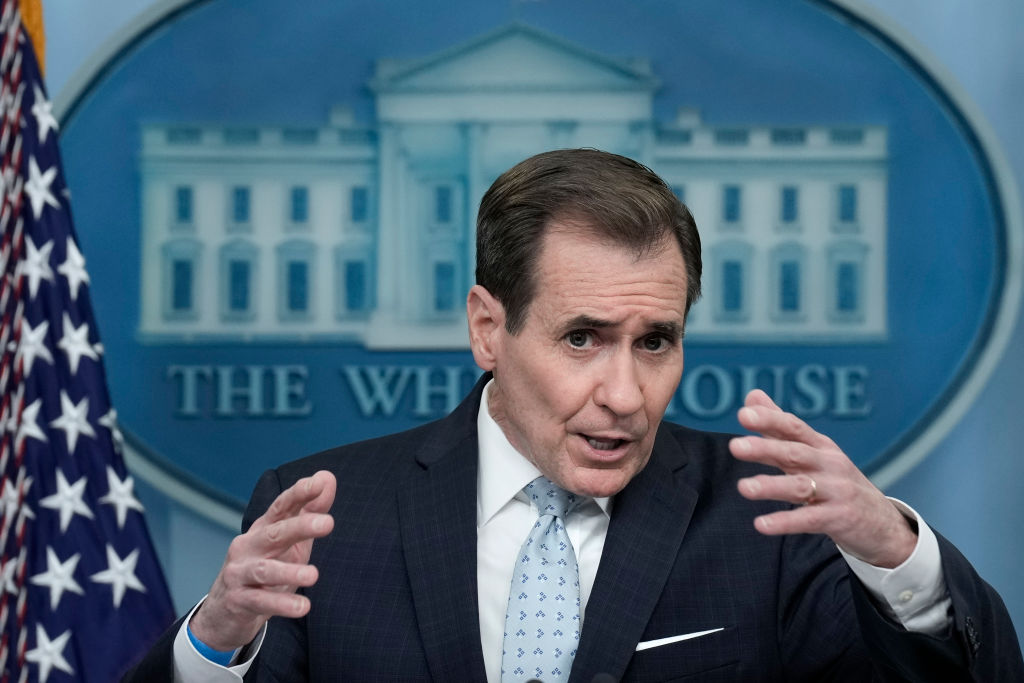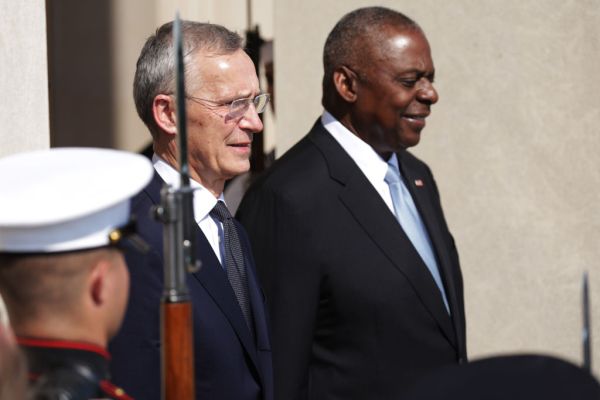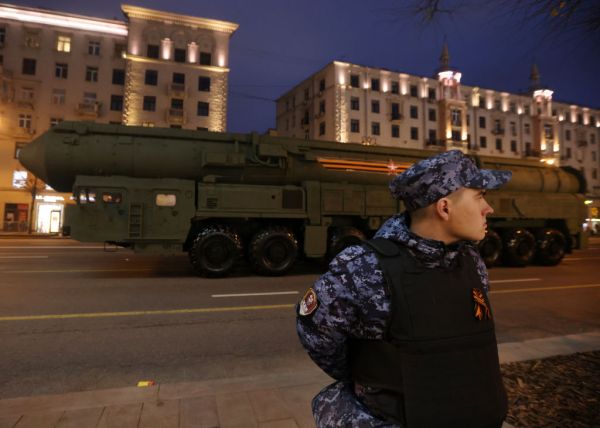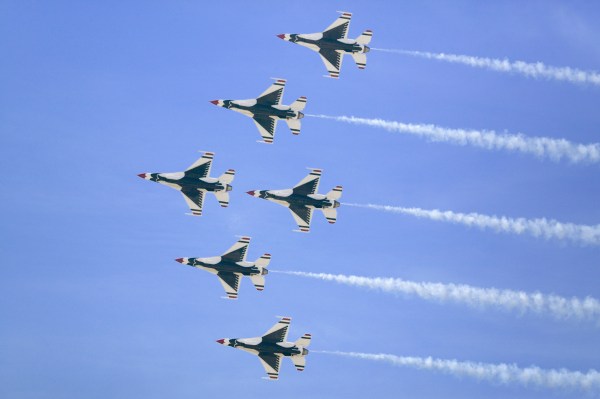U.S. officials still don’t seem to know much about the three objects recently shot down over American and Canadian airspace.
That’s why National Security Advisor Jake Sullivan has been tasked with reviewing the “detection, analysis, and disposition of unidentified aerial objects that pose either safety or security risks,” National Security Council spokesman John Kirby told reporters at the White House this week.
But the way the Biden administration is handling the information it does have about the objects—downed a week after American fighter jets shot down a Chinese spy balloon—has raised another set of questions.
What does the government know?
“We knew what it was,” Kirby told reporters of the Chinese spy balloon U.S. fighter jets shot down February 4. “We knew where it was going. We knew what it was trying to do.” In contrast, officials admit the other three objects are shrouded in more uncertainty. This raises questions not only about the objects but about the Biden administration’s behavior.
“It’s hard for me to understand: How does an order to destroy an object get issued if you don’t even know what the object is or what it looks like?” asked Klon Kitchen, a senior fellow at the American Enterprise Institute (and former Dispatch contributor).
There are two main ways to interpret the administration’s coy communications about the objects, Kitchen said. One is that officials are genuinely as clueless as they seem. The second—and in Kitchen’s view, the more likely—explanation is that “there are some extreme peculiarities and sensitivities associated with not just the the objects themselves, but perhaps our intelligence posture on what they’re a part of and the kind of enemy intentions and capabilities associated with them that we’re trying to protect.”
If that’s the case, there may be good reasons for the government to withhold information from the public—to keep U.S.-China relations from boiling over, for instance. But Kitchen wishes the administration would provide more clarity about what it knows.
“I’m convinced that there’s an eminently reasonable explanation for all of this, but because the administration is playing hide-and-seek with it all, it just makes it difficult,” Kitchen noted.
Senators from both parties who heard a classified briefing from defense officials Tuesday morning suggested the U.S. needs a better system for keeping track of what’s moving through American airspace.
“Many people have been given the impression that a couple of weeks ago our skies were clear, and then all of a sudden we had spy balloons and other unidentified flying objects raining down on us like confetti,” Louisiana Sen. John Kennedy told reporters. “That is not accurate. These objects have been flying over us for years.” He added that “we’re not sure that we’ve known about all of them, but we’ve known about many of them.”
How does the U.S. military normally track our airspace?
Another complicating factor is that adjustments to American and Canadian radar and sensor systems in the aftermath of the Chinese balloon incident may mean the U.S. has become hypervigilant about objects it might have paid less attention to previously.
The U.S. “basically opened the filters,” an anonymous U.S. official told the Washington Post Saturday. That news report likened the shift to “a car buyer unchecking boxes on a website to broaden the parameters of what can be searched.”
“In light of the Chinese balloon program and this recent incursion into our airspace, the United States and Canada, through NORAD, have been more closely scrutinizing that airspace, including enhancing our radar capabilities,” Kirby told reporters Monday, referencing comments by General Glen VanHerck, the commander of the North American Aerospace Defense Command (NORAD). The enhanced radar capabilities “may at least partly explain the increase in the objects that have been detected.”
What could the objects be?
Information about the objects remains murky. Defense officials reported discrepancies between the three objects’ shapes and couldn’t identify the propulsion system on at least one of them.
“More than likely, it’s some type of unmanned system whose propulsion isn’t magic,” Kitchen said. Such a system could be foreign and hostile—or it could have domestic commercial or research uses. On Tuesday, Kirby told reporters that the latter “very well could be, or could emerge, as a leading explanation here.”
Each of the three objects was shot down by fast-moving fighter jets whose pilots may not have been able to get a close look at their target, so it’s possible that closer inspection of what’s left of the aircraft will reveal that the objects’ propulsion is not so mysterious after all.
“It seems like we have drones and other capabilities that we can send up with imaging systems so that we could get a nice clear look on something,” Kitchen suggested. “Or we can have ground-based observational capabilities that should be able to do a pretty good job.”
If the Biden administration has gotten a clear look, it hasn’t told the public. While alleged surveillance sensors have been recovered from the Chinese balloon, efforts to recover debris from the other three objects have reportedly been hampered by poor weather and lack of daylight.
The bottom line: It’s almost certainly not extraterrestrials. The government has said as much, and Kitchen said that even the “exceedingly low-probability, high-impact scenario” of China having made a quantum computing breakthrough that defies our understanding of physics would be more likely than aliens.
“If you are confused, you understand the situation perfectly,” Sen. Kennedy said after Tuesday’s briefing. Whether borne out of legitimate ignorance or strategic secrecy, that confusion is far from ideal.
The Biden administration may “have some compelling reason as to why this type of speculation and confusion is preferable than the truth being known,” Kitchen said. “If the public confusion and speculation is preferable to the truth, then the truth would be very concerning.”









Please note that we at The Dispatch hold ourselves, our work, and our commenters to a higher standard than other places on the internet. We welcome comments that foster genuine debate or discussion—including comments critical of us or our work—but responses that include ad hominem attacks on fellow Dispatch members or are intended to stoke fear and anger may be moderated.